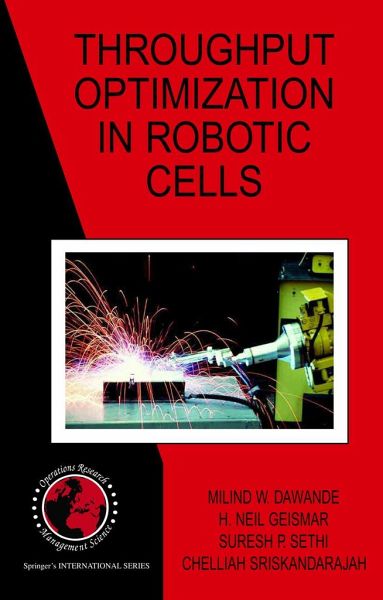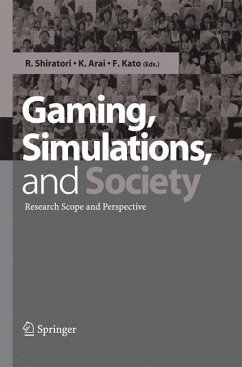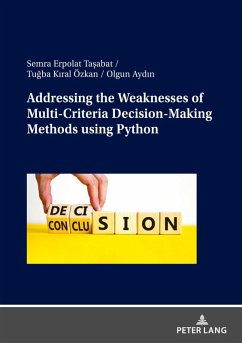
Throughput Optimization in Robotic Cells
Versandkostenfrei!
Versandfertig in über 4 Wochen
158,99 €
inkl. MwSt.
Weitere Ausgaben:

PAYBACK Punkte
79 °P sammeln!
Intense global competition in manufacturing has compelled manufacturers to incorporate repetitive processing and automation for improving productivity. Modern manufacturing systems use robotic cells - a particular type of computer-controlled system in cellular manufacturing. Throughput optimization in robotic cells provides practitioners, researchers, and students with up-to-date algorithmic results on sequencing of robot moves and scheduling of parts in robotic cells. It brings together the structural results developed over the last 25 years for the various realistic models of robotic cells. ...
Intense global competition in manufacturing has compelled manufacturers to incorporate repetitive processing and automation for improving productivity. Modern manufacturing systems use robotic cells - a particular type of computer-controlled system in cellular manufacturing. Throughput optimization in robotic cells provides practitioners, researchers, and students with up-to-date algorithmic results on sequencing of robot moves and scheduling of parts in robotic cells. It brings together the structural results developed over the last 25 years for the various realistic models of robotic cells. After describing industrial applications of robotic cells and presenting fundamental results about cyclic production, several advanced features, such as dual-grippers, parallel machines, multi-part-type production, and multiple robots, are treated. Important open problems in the area are also identified.
This book is an excellent text for use in a graduate course or a research seminar on robotic cells.
This book is an excellent text for use in a graduate course or a research seminar on robotic cells.














